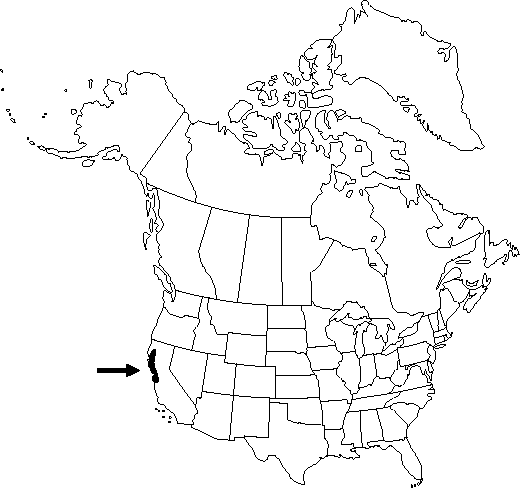Difference between revisions of "Delphinium hesperium subsp. hesperium"
FNA>Volume Importer |
FNA>Volume Importer |
||
| Line 17: | Line 17: | ||
}}<!-- | }}<!-- | ||
| − | --><span class="statement" id="st- | + | --><span class="statement" id="st-undefined" data-properties=""><b>Stems </b>glabrous to simple-puberulent, long hairs rare. <b>Inflorescences</b> usually fewer than 30-flowered, open; pedicel ascending. <b>Flowers</b>: sepals dark blue-purple, spreading, lateral sepals 8-16 mm, more than 4 mm wide, spurs 9-16 mm; lower petal blades 5-8 mm. <b>Fruits</b> 3.5-4.2 times longer than wide. <b>2n</b> = 16.</span><!-- |
-->{{Treatment/Body | -->{{Treatment/Body | ||
| Line 49: | Line 49: | ||
|publication year= | |publication year= | ||
|special status=Endemic | |special status=Endemic | ||
| − | |source xml=https://jpend@bitbucket.org/aafc-mbb/fna- | + | |source xml=https://jpend@bitbucket.org/aafc-mbb/fna-data-curation.git/src/9216fc802291cd3df363fd52122300479582ede7/coarse_grained_fna_xml/V3/V3_1094.xml |
|genus=Delphinium | |genus=Delphinium | ||
|section=Delphinium sect. Diedropetala | |section=Delphinium sect. Diedropetala | ||
| Line 55: | Line 55: | ||
|species=Delphinium hesperium | |species=Delphinium hesperium | ||
|subspecies=Delphinium hesperium subsp. hesperium | |subspecies=Delphinium hesperium subsp. hesperium | ||
| − | |||
| − | |||
| − | |||
| − | |||
| − | |||
| − | |||
| − | |||
| − | |||
| − | |||
| − | |||
| − | |||
| − | |||
}}<!-- | }}<!-- | ||
-->[[Category:Treatment]][[Category:Delphinium hesperium]] | -->[[Category:Treatment]][[Category:Delphinium hesperium]] | ||
Revision as of 14:31, 27 July 2019
Stems glabrous to simple-puberulent, long hairs rare. Inflorescences usually fewer than 30-flowered, open; pedicel ascending. Flowers: sepals dark blue-purple, spreading, lateral sepals 8-16 mm, more than 4 mm wide, spurs 9-16 mm; lower petal blades 5-8 mm. Fruits 3.5-4.2 times longer than wide. 2n = 16.
Phenology: Flowering mid-late spring.
Habitat: Open oak woods, grasslands, openings in coastal chaparral
Elevation: 10-1100 m
Discussion
Populations of Delphinium hesperium subsp. hesperium are found only on western slopes of the Coast Ranges. Hybrids with D. parryi and D. variegatum are known.
Although Delphinium hesperium subsp. hesperium has been confused with D. parryi, it may be recognized by its usually darker blue sepals, absence of arched hairs on proximal portion of stems, and pronounced venation abaxially on leaves. Delphinium parryi has brighter blue sepals, arched hairs present on proximal portion of stems, and leaves not prominently veined abaxially.
Selected References
None.
